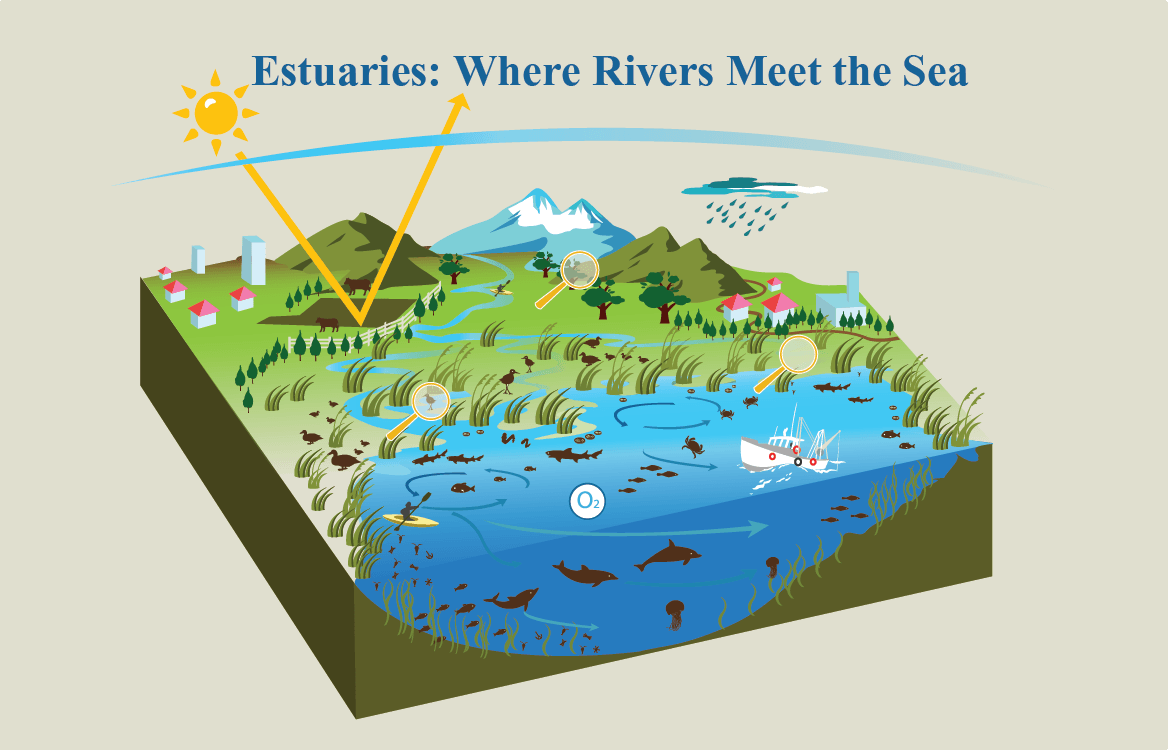Exploring the Causes of River Water Temperature Changes
Key Insights and Strategies
Understanding the factors influencing river water temperature changes is crucial for maintaining aquatic ecosystems’ health and biodiversity. Natural variables such as weather patterns, sunlight exposure, and flow rates can lead to fluctuations, while human activities like pollution and dam constructions can significantly alter water temperatures.
Step-by-Step Guide
- Step 1: Conduct research to identify potential causes of temperature changes in a specific river system.
- Step 2: Monitor water quality regularly to track temperature variations and assess the impact on aquatic life.
- Step 3: Implement sustainable practices to mitigate human-induced temperature fluctuations and protect the river ecosystem.
The Impact of Temperature Swings on River Ecosystems
Temperature fluctuations play a significant role in shaping the delicate balance of river ecosystems, influencing the health and diversity of aquatic life. As global temperatures continue to rise, understanding how these fluctuations impact rivers is crucial for conservation efforts and sustainable management.
Warmer temperatures can lead to increased water temperatures in rivers, affecting the behavior, reproduction, and distribution of fish species. Rapid temperature swings, especially in response to climate change, can disrupt the natural rhythms of river ecosystems, causing stress to aquatic plants and animals.
Moreover, temperature variations can alter the oxygen levels in water, impacting the metabolism of aquatic organisms and potentially leading to oxygen depletion in certain areas. This, in turn, can affect the overall biodiversity and ecosystem functions of rivers, making them more vulnerable to environmental pressures and disturbances.
By monitoring temperature fluctuations and understanding their repercussions on river ecosystems, scientists and conservationists can implement targeted measures to protect and restore these vital habitats. This knowledge is essential for maintaining the resilience of river ecosystems in the face of ongoing environmental changes and human activities that threaten their sustainability.
Leveraging Open-Source Data to Track Environmental Changes
Tracking environmental changes is crucial for understanding and mitigating the impact of human activities on the planet. Leveraging open-source data sets can provide valuable insights into shifts in climate patterns, biodiversity, and ecosystem health.
Benefits of Open-Source Data for Environmental Tracking
One of the key advantages of using open-source data is the accessibility it offers to a wide range of stakeholders, including researchers, policymakers, and the general public. By utilizing freely available data sets, we can promote transparency, collaboration, and innovation in environmental monitoring efforts.
Challenges in Utilizing Open-Source Data
While open-source data can be a powerful tool, challenges such as data quality assurance, interoperability issues, and data biases need to be carefully addressed. Ensuring the accuracy and reliability of the data is essential for making informed decisions based on the insights gathered.
Best Practices for Effective Environmental Data Tracking
When leveraging open-source data for tracking environmental changes, it is important to establish clear data collection protocols, utilize standardized data formats, and engage in data sharing practices. Collaborating with diverse stakeholders and leveraging advanced analytical tools can enhance the accuracy and relevance of environmental monitoring efforts.
